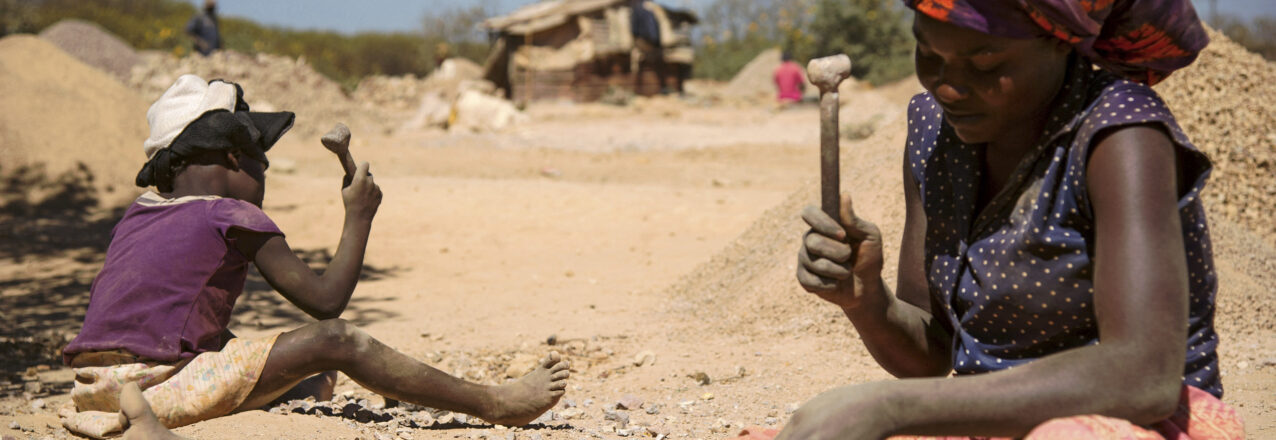The Wilson Center and the U.S. Agency for International Development (USAID) hosted an expert discussion on what better looks like when it comes to mining, processing, recycling, and consuming critical minerals such as lithium, cobalt, niobium, and titanium.
OVERVIEW
In recent years, the urgency of climate action has brought fresh attention to the critical minerals sector. Growing renewable energy investments are driving up demand for resources like lithium, cobalt, and copper, which form the mineral backbone of green technologies. But there are substantial concerns to navigate when it comes to sourcing green energy minerals.
“There’s a risk that in our modern-day mineral rush, without meaningful efforts to do better in the mining sector, there will be casualties,” warned Lauren Risi, Director of the Wilson Center Environmental Change and Security Program, at a recent Wilson Center event on critical minerals, co-hosted by USAID. “The mining industry has a long history and not necessarily a particularly good one,” pointed out Sharon Burke, Founder and President of Ecospherics and Global Fellow at the Wilson Center.
Given the grim legacy of human rights and conflict risks associated with mining, the energy transition presents an opportunity—and a moral imperative—to pursue new approaches to extraction. “We’re already living in a climate stressed world, so we need to make sure that our solutions here in extracting materials for energy transition don’t do greater harm,” said Aimee Boulanger, Executive Director of the Initiative for Responsible Mining Assurance.
What, then, does better look like for mining? The answer requires reflection and action in all sectors of society and levels of governance. “Better is what we all need to be striving for, whether we’re donors, governments, civil society, or the private sector,” noted Kimberly Thompson, Senior Advisor at USAID.
Yet views of “better” likely will vary among stakeholders “It depends on who you ask,” said Boulanger. “An Indigenous community pressed to the edge, trying to protect what little cultural heritage is left, or a community living downstream of a tailings dam is going to have a different definition of what is good compared to end brands who are giving us the products that we use each day and the mining companies who are striving to supply them.


